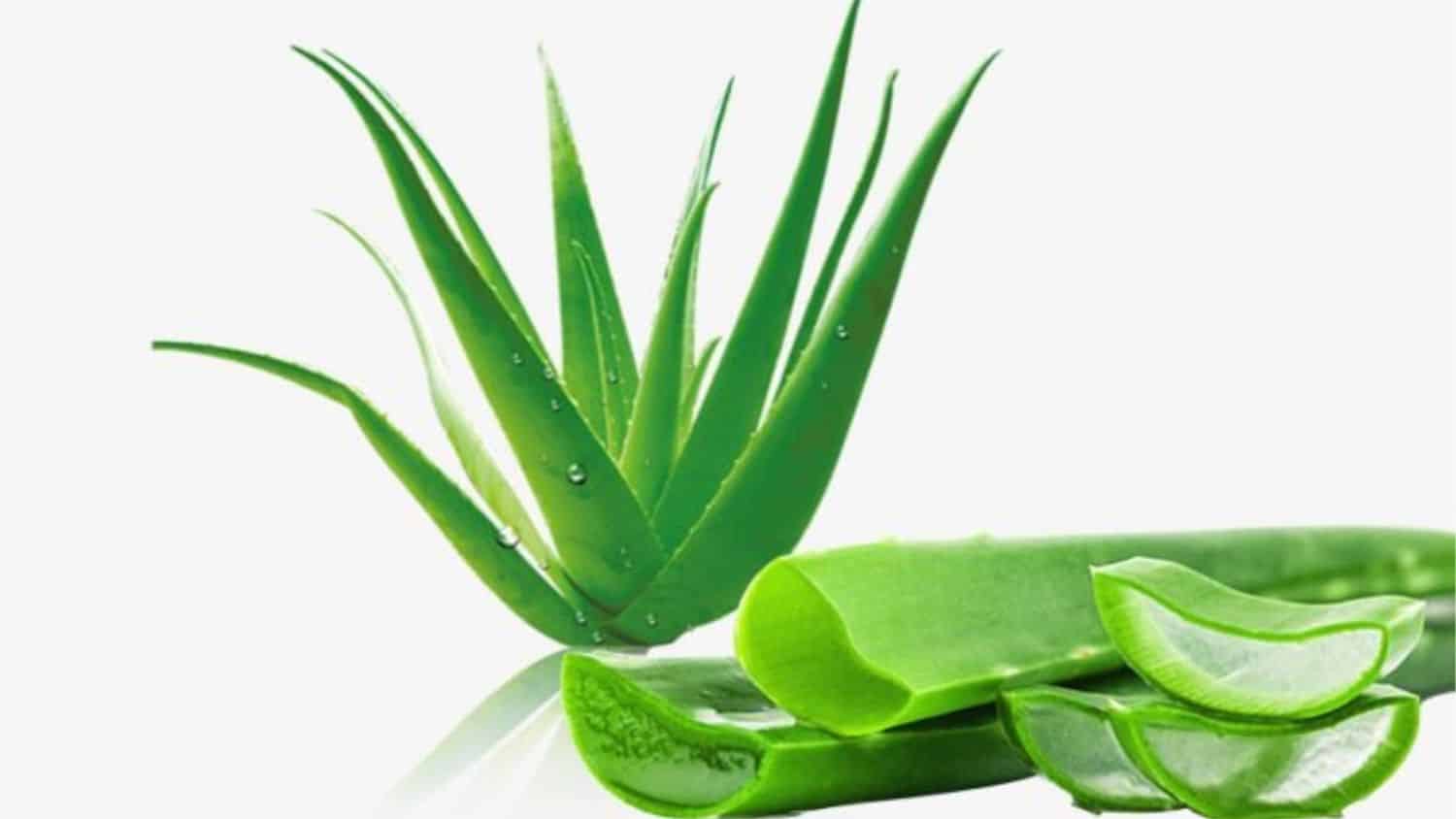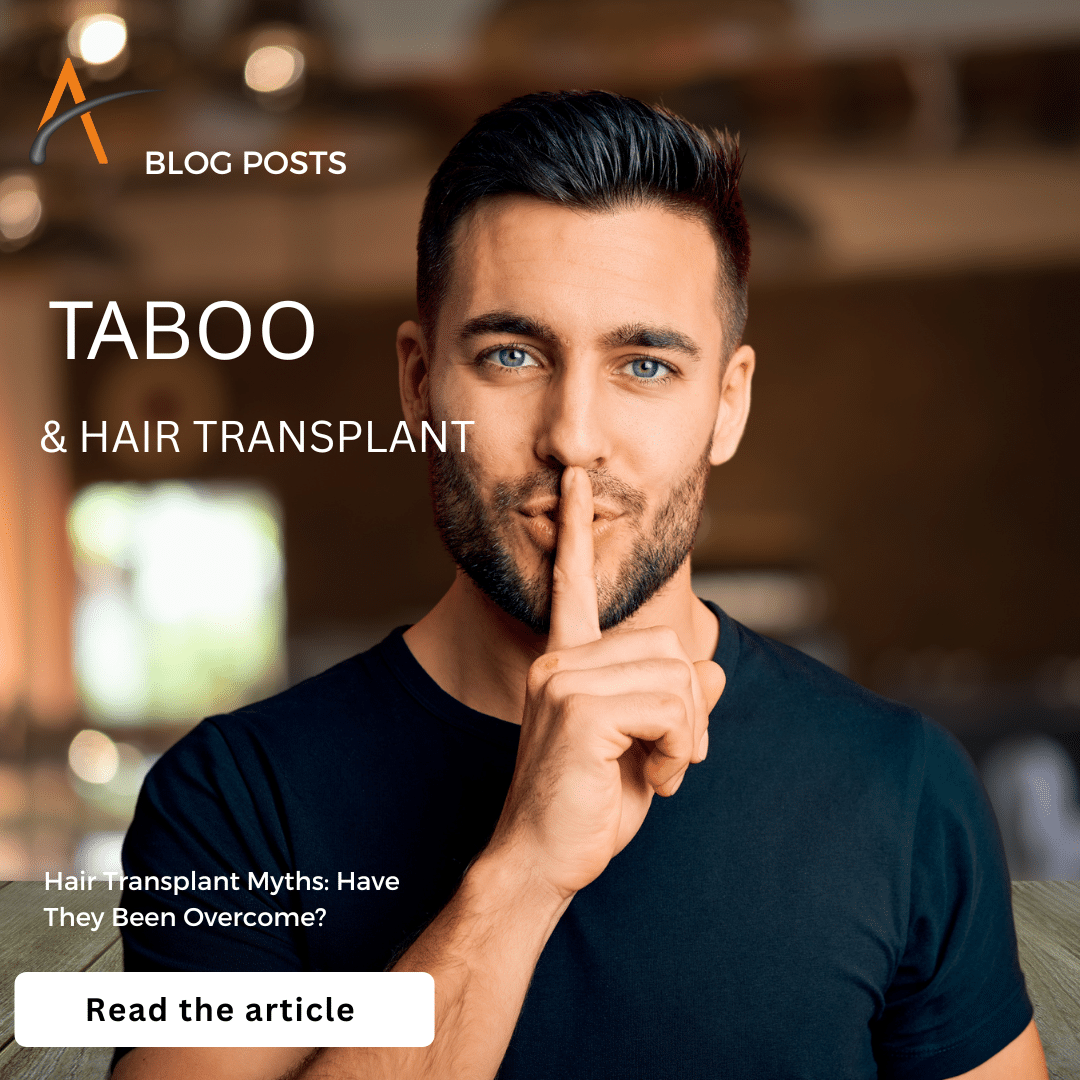BASIC CONCEPTS
- Aloe Vera contains vitamins, minerals, enzymes, polysaccharides, phenolic compounds, and organic acids with well-documented therapeutic properties. It is widely used as a raw material in the food and cosmetics industries.
- Its moisturizing, antioxidant, anti-inflammatory, and radical scavenging properties are attributed to the synergistic action of its components, primarily glutathione peroxidase and superoxide dismutase.
- Aloe Vera does not have hair growth-promoting potential but helps soothe mild dermatitis caused by topical products and may improve the micro-inflammatory aspect of androgenetic alopecia.
Aloe Vera Linne, or Aloe Barbadensis Miller, belongs to the Aloe family, which includes over 400 different species. It is an evergreen succulent plant with yellow flowers and long, lance-shaped leaves up to 50 cm in length. Aloe Vera thrives in tropical regions of Latin America and Africa. It is the most commercially important Aloe species, and the processing of its leaf pulp supports a large global industry.
In the food industry, Aloe Vera is used as an additive in foods and the production of beverages and soft drinks. In cosmetics, it serves as a key ingredient in creams, lotions, soaps, shampoos, facial cleansers, and other personal care products.
Before processing, Aloe Vera pulp contains 98.5% water, while the gel contains 99.5% water. The remaining 0.5-1% consists of a complex mixture of water- and fat-soluble vitamins, minerals, enzymes, polysaccharides, phenolic compounds, and organic acids. Aloe Vera has numerous applications in cosmetology, with raw Aloe Vera content in cosmetic formulations ranging from less than 0.1% up to over 20%, while the “active” Aloe Vera concentration in the raw pulp can vary from 0.0005% to 100%.
Actions of Aloe Vera
Aloe Vera has been used for centuries due to its medicinal and therapeutic properties. Although more than 75 active compounds have been identified in its gel, the therapeutic effects have not been fully attributed to each individual component. Many of the healing properties of Aloe Vera leaf extracts are credited to the polysaccharides found in the inner parenchymal tissue of the leaf. However, it is believed that the biological effects result primarily from the synergistic action of the compounds contained in the extract rather than from any single isolated chemical substance.
For therapeutic purposes, the colorless, viscous gel found inside the leaves is used topically as an extract. The outer leaf layer, after processing, can be taken orally as a laxative and intestinal irritant, as it contains anthraquinones. The active substances in Aloe Vera gel are glycoproteins and polysaccharides, which possess wound-healing properties. Topical application of Aloe Vera gel enhances the absorption of vitamins and pharmaceutical agents, while oral consumption increases intestinal absorption and bioavailability of various substances.
Aloe Vera has been used to accelerate burn healing, with studies showing a reduction in recovery time by approximately 9 days. It is also used for symptomatic relief in patients with psoriasis, frostbite, seborrheic dermatitis, and genital herpes.
In vitro studies have demonstrated Aloe Vera’s moisturizing, antioxidant, anti-inflammatory, and radical scavenging properties. More recently, it has been shown to exhibit superoxide dismutase (SOD) activity and to reduce nitric oxide (NO) synthesis. Polysaccharides in Aloe Vera gel are believed to have immunostimulatory properties, promote faster repair of radiation-induced damage, and exhibit,antibacterial, antifungal, antidiabetic, and antineoplastic effects, as well as antiviral actions.
Numerous cosmetic products for hair and skin care on the market contain Aloe Vera, primarily for its moisturizing benefits.
Aloe Vera and the Hair Follicle
The use of topical Aloe Vera solutions does not possess hair growth–stimulating properties. However, its application may help soothe mild dermatitis caused by topical pharmaceutical products (such as Minoxidil and ATRA), likely due to the activity of glutathione peroxidase and superoxide dismutase enzymes detected in Aloe Vera gel. Additionally, Aloe Vera may improve the micro-inflammatory component associated with androgenetic alopecia. Paradoxically, cases of dermatitis, phototoxicity, and erythema have been reported following topical Aloe Vera use. Oral consumption of Aloe Vera products has been linked to gastrointestinal, renal, and electrolyte disturbances, as well as interactions with commonly used medications
Summary
Aloe Vera exhibits negligible hair growth–promoting potential, and there is no evidence supporting any direct local effect on androgenetic alopecia beyond its soothing properties. These soothing effects can be beneficial and are recommended for individuals using topical alcoholic pharmaceutical formulations (e.g., Minoxidil + ATRA). Oral intake of Aloe Vera is not justified under any circumstances as a treatment for androgenetic alopecia.
Source: Dr. Konstantinos Anastasakis, MD, PhD, Androgenetic Alopecia from A to Z, Dietary Supplements and Androgenetic Alopecia, pp. 453-454, 2nd Edition, Zevelekakis Publications, Athens, 2017












